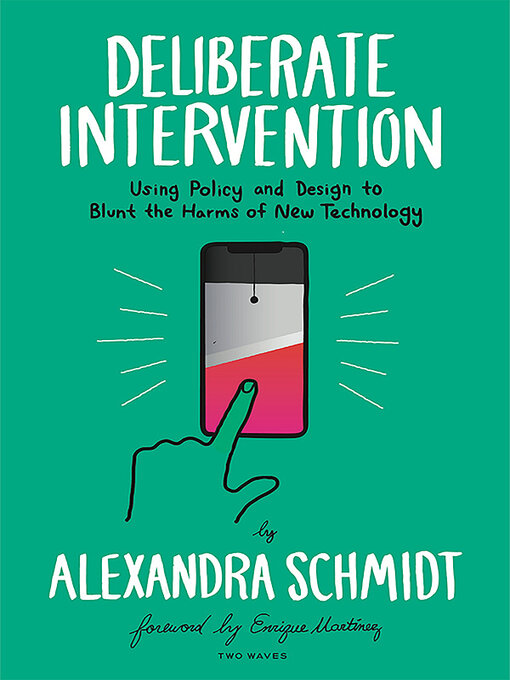"Do no harm" is Alex Schmidt's mantra throughout Deliberate Intervention—a book that delves into how policy and design can work together to prevent harms in technology. Using the journalistic approach she employed as an NPR reporter, Schmidt studies the history of policy making, its biases, and its evolution in the changing technology field. The beginning of each chapter highlights a graphic showing the transformation of policy and design, drawn by well–known illustrator, MJ Broadbent.
"For anyone who shapes or regulates new products, reading Deliberate Intervention is a step toward doing good by designing well."
—Conor Friedersdorf, Staff Writer, The Atlantic
—Lisa Baskett, Healthcare Design Strategist "What will it take to design technology that does less harm? This subtle book offers thoughtful, nuanced, sometimes unexpected answers. It's a good read for any curious user of technology. And for anyone who shapes or regulates new products, reading it is a step toward doing good by designing well."
—Conor Friedersdorf, staff writer, The Atlantic "This book is what America needs right now. With our democracy in dire straits and tech companies threatening our rights and privacy, the need for us to be proactive about policy is at an all-time high"
—Ginger Reinauer, Senior Product Designer

